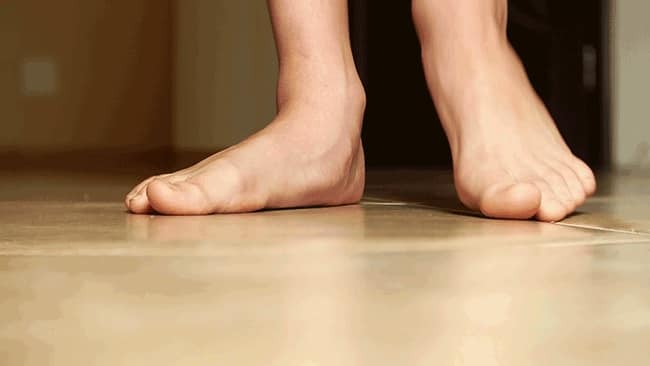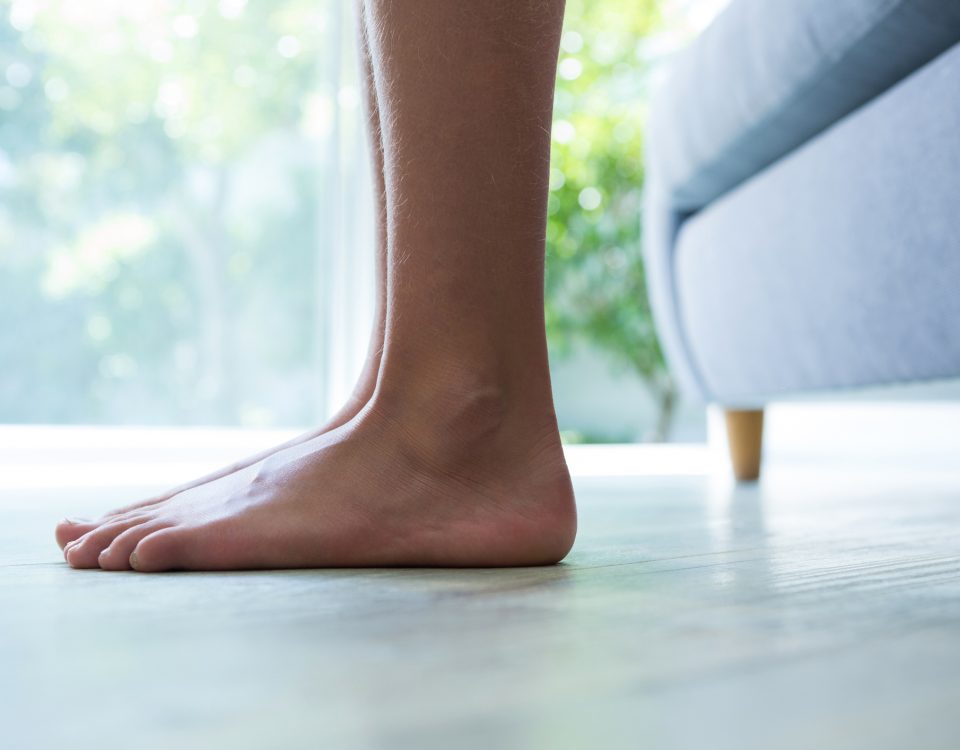- Have any questions?
- +91-9811443717
- info@dranujchawla.com
5 Things You Might Not Know about Flatfeet

10 things you need to know about bunions
April 27, 2021
How Do Flat Feet Affect Your Overall Health?
May 25, 20215 Things You Might Not Know about Flatfeet

Low arch of the foot may seem normal to many but can progress to intense foot pain. It is also known as Flatfeet because of the structural deformity of the foot. In this condition, the entire sole of the foot touches the floor while standing. In the initial stage, it may be painless, but due to malalignment, many complications can develop.This foot problem can be cured with effective treatment and guidance. But there are many facts related to flatfeet that you may not be familiar with. Let’s discuss some so that you can get more insight into this foot problem.
-
Extra bone or cartilage can be a reason behind your flatfeet
There is a medical condition known as Accessory Navicular Syndrome. In this condition, an extra piece of bone or cartilage is present next to the navicular bone. The posterior tibial tendon which is responsible for mainatinence of arch of the foot is attached to this abnormal bone and hence is at a disadvantage leading to flat feet. This type of deformity is congenital. Such alignment of bones may seem to be painless, but ill-fit shoes or excessive activities may trigger this problem.
-
Occurrence of flatfeet is not limited to a certain age group
Flat feet deformity typically follows a bimodal distribution with the first peak occurring in the young age/ childhood and the second peak in elderly due to wear and tear of the tendon. Nevertheless this deformity can occur in any age group. The deformity may be apparent since the child starts walking at the age of 2 years in many a cases. In others, it may not be apparent in the first or second decade of the life when improper tendon mechanics or weakening of the spring ligament makes this deformity more prominent. Moreover, due to aging, the tendons and the bones become weak. Weakening of posterior tibial tendon also leads to development of flat foot.
-
There are many types of flatfoot, and the approach of treatment depends on its type and severity
Paediatric flatfoot
This type can be further categorized as symptomatic and asymptomatic. It is seen after the child starts walking. Most of the kids with this condition are asymptomatic and the arch develops normally in many of them by the age of 6 years. If the deformity persists after this age, they may develop what we call as flexible flat foot.
Flexible flatfoot
It is quite common and generally develops in childhood or adolescence. The tissues present in the foot become soft, and as a result, they stretch & the feet become flat. The deformity is typically visible when the patient is standing and disappears as soon as the patient lifts the feet off from the ground during standing or lying or when the patient stands on the toes. It may be considered as a symptom of malalignment of the feet and thus needs medical advice to evaluate the severity of the condition as hyper pronation can lead to many other foot problems like bunions, hammertoes, etc.
Rigid flatfoot
This is another type of flat foot seen in adolescents where a flat foot develops and is associated with severe foot pain. This disease occurs due to an abnormal junction between the 2 bones of the feet. The disease associated with flat foot is called Tarsal Coalition. This deformity is called rigid as it does not get corrected when the child lifts the foot off the ground or standing on the toes.
Posterior tibial tendon dysfunction
It occurs in adulthood due to injury or inflammation of muscles that connect the calf and ankle. If the affected foot does not get appropriate support, then it may lead to fallen arches.This condition if left undetected may lead to further worsening of the foot condition leading to gradually progressive arthritis.
-
Footprints can help in identifying flatfoot
A collaborated research was performed by some members of Clinical Epidemiology and Biostatistics Research Group (INIBIC, CHUAC, SER GAS, Universidade da Coruña) and Clinical Epidemiology Research Group (Health Sciences Department, Escuela Universitaria de Enfermería y Podología, UDC, Campus de Ferrol) to check the relation of footprints and flat foot. According to it, footprints can help in identifying in 18-19%. Also, Clarke’s angle (a way to evaluate footprints) is a highly accurate method for the same. So, experts can diagnose this foot problem through the footprints too. Identifying flat foot by footprints using the wet test is one of the common ways by which Indian army evaluates for flat foot in fresh recruits.
-
Flexible flat foot can be cured with a simple surgery
Most of the doctors would advise no treatment or some insoles for flat foot in the children even if they are severly painful, most commonly because of lack of awareness. However, in a carefully selected group of patients and in early stages, flat foot can be cured by a simple surgery in the foot. The device used is called as Hyprocure and it involves a small cut in the foot. Moreover, the patient can start putting weight on the leg from the next day. Speak to your foot and ankle specialist to know more about this surgery.
So these were some facts related to flat feet that you may not know. We hope it helped in getting understanding of this foot disorder in a better way. If you are looking for a foot and ankle specialist in Gurgaon, you can consult Dr. Anuj Chawla. He has helped many patients in this foot problem in children and adults.

